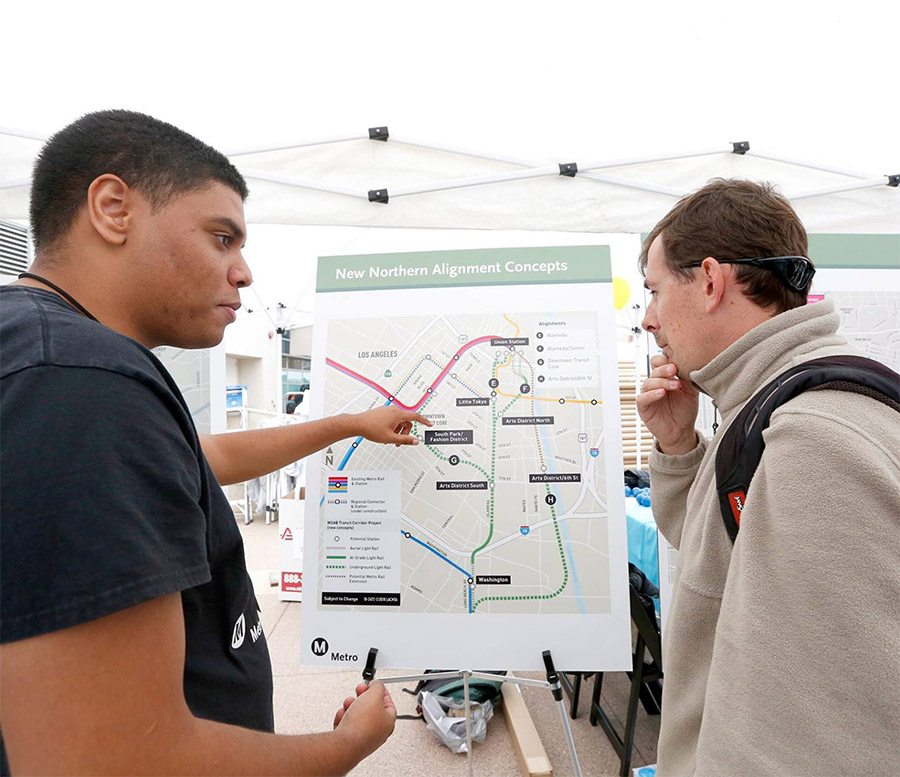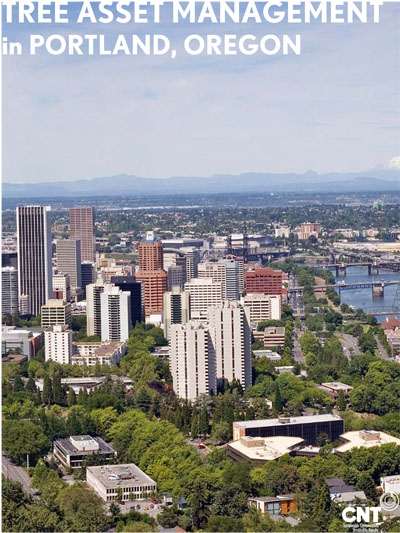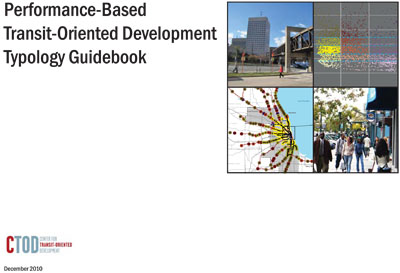-
Who We Are
About CNT
Center for Neighborhood Technology is a leader in promoting more livable and sustainable urban communities.
-
What We Do
We make cities work better
CNT delivers innovative analysis and solutions that support community-based organizations and local governments to create neighborhoods that are equitable, sustainable, and resilient.

“Center for Neighborhood Technology has literally defined what sustainability means and translated it at a local community level.”
~ Paula Robinson, Bronzeville Partners, LLC
-
Our Work
Project Spotlight
Chicago Truck Data Portal
CNT and the Little Village Environmental Justice Organization counted trucks and buses throughout Chicagoland. -
Publications
Recent Publications
-
Stories
Latest PostsNovember 20, 2025October 25, 2025August 24, 2025




 Strengthening Transit Through Community Partnerships
Strengthening Transit Through Community Partnerships








